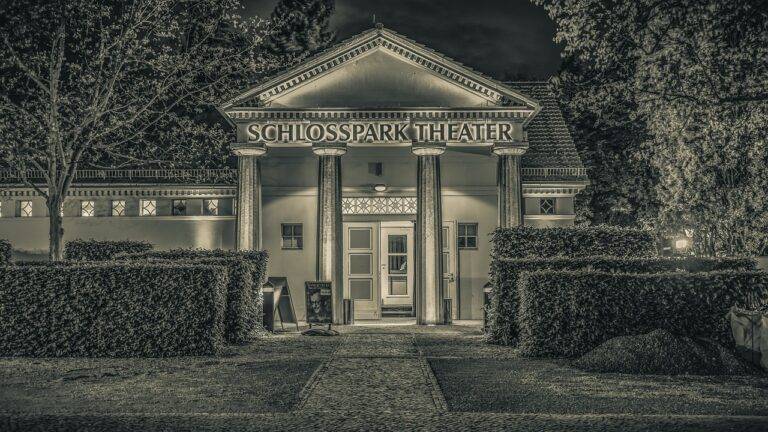The Future of Holographic Performances: Virtual Concerts and Beyond
Holographic technology has been making waves in the entertainment industry in recent years, offering new and innovative ways to captivate audiences. From holographic performances of deceased artists to virtual reality experiences, this cutting-edge technology has allowed for unforgettable and immersive entertainment experiences.
One of the key advantages of holographic technology in the entertainment industry is its ability to bring virtual characters and environments to life in a way that was previously unimaginable. Audiences can now witness holographic concerts, interactive displays, and realistic simulations that blur the lines between the physical and virtual worlds, creating a truly magical and unforgettable experience for viewers.
Evolution of Virtual Concerts
The evolution of virtual concerts has revolutionized the way audiences can experience live music from the comfort of their own homes. With advancements in technology, artists are able to create immersive virtual concert experiences that transport viewers into a digital world filled with stunning visuals and interactive elements. This new era of virtual concerts has opened up endless possibilities for artists to connect with their fans in innovative ways, transcending physical limitations and reaching a global audience with just a few clicks.
As more and more artists embrace virtual concert platforms, fans are given the opportunity to witness performances in a whole new light. These digital shows not only showcase musical talent, but also incorporate elements of visual art, storytelling, and audience participation to create a truly unique and engaging experience. With the ability to livestream concerts to fans around the world, artists are able to break free from the constraints of traditional venues and bring their music to a larger and more diverse audience.
What is holographic technology?
Holographic technology creates three-dimensional images or displays that appear to be real and tangible.
How is holographic technology used in the entertainment industry?
Holographic technology is used in the entertainment industry to create lifelike performances by virtual artists or musicians, such as holographic concerts.
What is the evolution of virtual concerts?
Virtual concerts have evolved from simple live streams to high-tech productions featuring holographic technology and interactive elements.
How do virtual concerts benefit both artists and audiences?
Virtual concerts allow artists to reach a global audience without the need for physical venues, while audiences can enjoy immersive performances from the comfort of their own homes.
What are some examples of successful virtual concerts using holographic technology?
Some examples of successful virtual concerts using holographic technology include performances by artists like Tupac Shakur, Michael Jackson, and Hatsune Miku.





